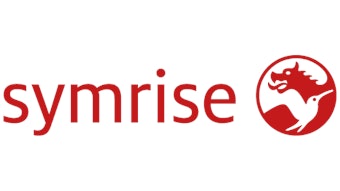Amyris Inc.'s third-quarter loss widened and its revenue fell as total collaboration and grant revenue slipped to $2.9 million from $14.4 million a year ago (year-ago results included related party grants and collaborations revenue of $9.8 million).
The company said its collaboration and grant revenue will vary quarter to quarter due to the timing of receiving payments and the time of meeting milestones. Both of which will impact revenue recognition timing. Total third-quarter revenue fell to $7 million from $19 million a year earlier.
For the fourth quarter, Amyris expects total revenue to be in the $19 million to $22 million range, with about $11 million of that total coming from collaborations and grants and between $8 million and $11 million coming from renewable product sales. This would result in renewable product sales of somewhere between $20 million and $23 million for the year, slightly below Amyris' previous outlook.
"This change is due to slower than anticipated volume uptake that may push some of our anticipated Q4 sales into 2014," Steven Mills, the company's CFO, told investors during a conference call.
John Melo, the company's CEO, said Amyris is scaling new molecules and delivering what its partners have identified as important to their industries and businesses.
"Our first fragrance molecule is just one example of what we expect will result in sustainable products over time. With our original invention, semi-synthetic artemisinin in full production by Sanofi, our own farnesene plant operating in Brazil and our initial batches of our first fragrance oil for the flavor and fragrance industry, we continue to expand our sales and collaborations of No Compromise products," Melo said.
Amyris expects to double renewal sales revenue in 2014 and cover about 80% of operating expenses with collaboration funding. For instance, in the flavor and fragrance industry, Amyris said it has more than 10 molecules under agreement with four "industry leaders" that it plans on developing and scaling over the next five to seven years.
"We expect by 2020 to be approximately 30% to 40% of the supply into this growing segment. These are high-performance and high-value molecules that can provide good early returns. This is realized in the form of significantly higher average selling prices in commodities, chemicals or fuels," he said.









